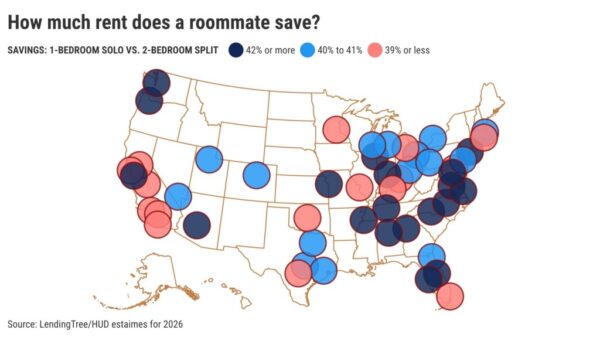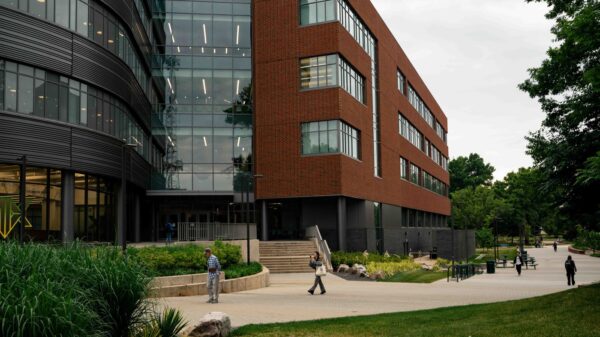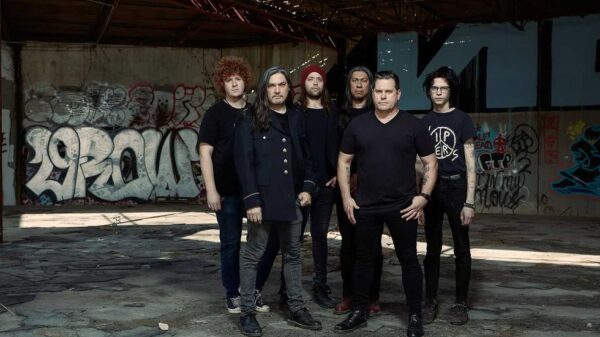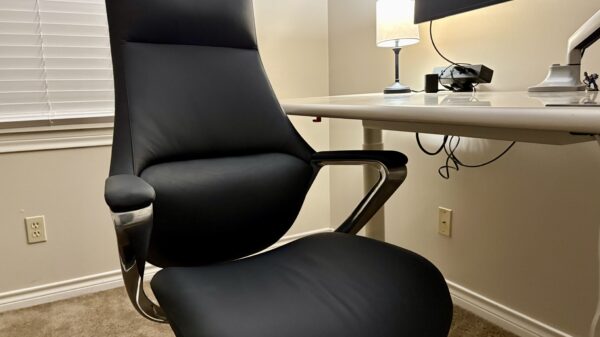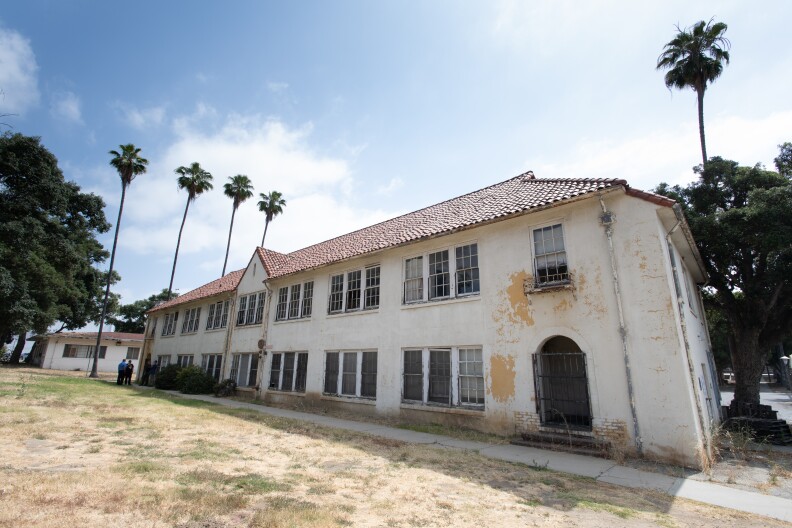Los Angeles County is advancing plans to establish new mental health treatment facilities and supportive housing units at the historic Metropolitan State Hospital campus in Norwalk. Opened in 1916, this psychiatric hospital now houses approximately 800 patients, a significant decline from its peak of thousands. With its 162 acres featuring tree-lined pathways and many unoccupied buildings, the campus presents a unique opportunity for development.
At a recent meeting, county supervisors approved a lease agreement with the state for a portion of the Metropolitan State Hospital campus. This decision follows the signing of a bill by Governor Gavin Newsom last year that paved the way for the lease. The county aims to renovate two deteriorating buildings to create 32 treatment beds, utilizing $65 million in funding from Proposition 1.
Kyla Coates, senior justice and mental health deputy for Supervisor Janice Hahn’s office, emphasized the urgency of addressing the ongoing behavioral health crisis. “We cannot have unused empty buildings that are government-owned sitting around. We need to renovate them, reuse them and turn them into places where we can really provide care to those who need it,” Coates stated.
Plans for Renovation and Community Integration
The plan includes renovating six buildings on the campus, which will house 50 one-bedroom apartments for permanent supportive housing and an additional 70 interim one-bedroom apartments for individuals with mental health needs. Coates described the vision for the campus as a “state of the art mental health community,” facilitating a continuum of care where individuals can transition from intensive treatment to housing.
The new facilities will feature 32 subacute treatment beds, divided into two groups of 16. This configuration complies with the federal Institutions for Mental Disease (IMD) exclusion law, which prohibits facilities with more than 16 beds from accessing Medicaid funding for treating adults with mental illness. According to a report from a consulting agency hired by the county in February 2024, these subacute beds represent the “most urgent resource need” to manage the behavioral health crisis in the region. Experts suggest that Los Angeles County requires hundreds more such beds to adequately support residents with serious mental health issues.
Coates expressed optimism about the design, highlighting plans for large windows to enhance natural light in communal spaces and efforts to preserve the architectural features of historically significant buildings.
Concerns from Advocates and Community Engagement
While the developments have been met with enthusiasm, concerns persist among mental health advocates. Vanessa Ramos, a representative from Disability Rights California, welcomed the initiative but stressed the importance of transparency in institutional commitments. “What I would like to see out of the unused land at Metro is for there to really be pairing of treatment beds one-to-one with step down supports,” she noted, advocating for comprehensive support to prevent individuals from being confined without adequate transition options.
Additionally, Eve Garrow, Senior Policy Analyst & Advocate with the ACLU of Southern California, raised alarms about potential segregation stemming from institutional settings. “Segregation separates people from their communities, creates an institutional environment that can quickly slip into a culture of discipline and control,” Garrow stated, highlighting the importance of community integration.
Responding to these concerns, Coates assured that the campus’s location offers accessibility to nearby bus stops and restaurants, encouraging residents to engage with the broader community.
Construction is set to commence next year, marking a significant step forward in Los Angeles County’s efforts to enhance mental health care and support for its residents. As plans unfold, stakeholders will continue to monitor the balance between institutional care and community integration, aiming to create a model that promotes recovery and well-being.











